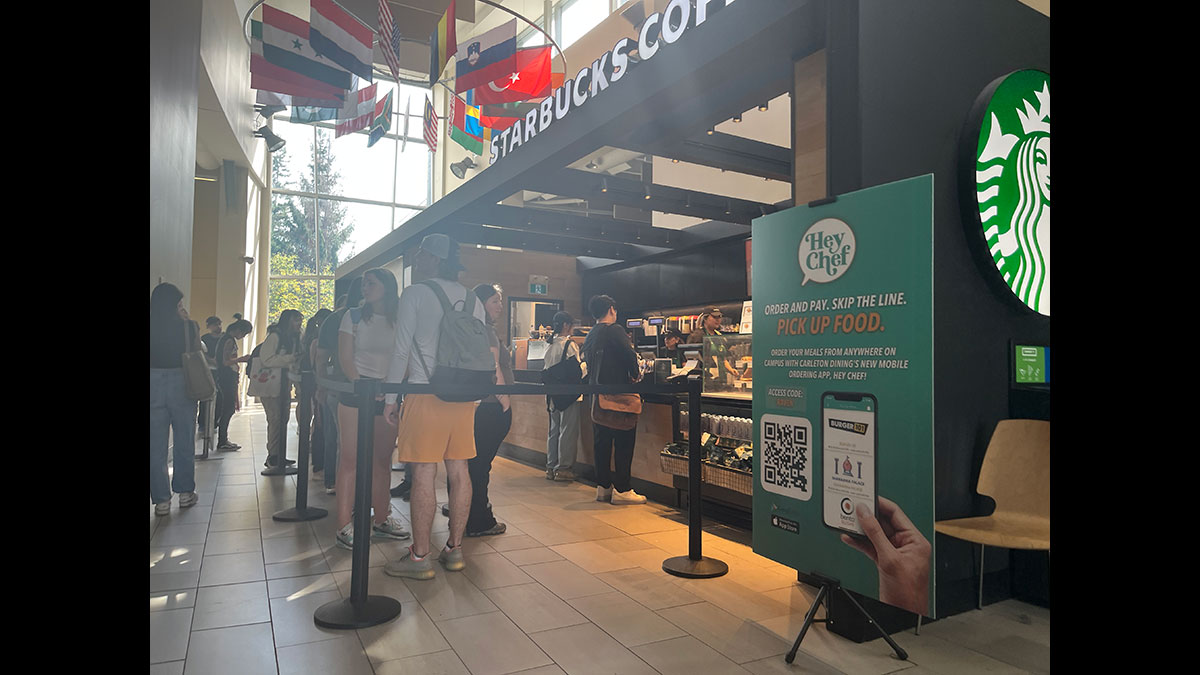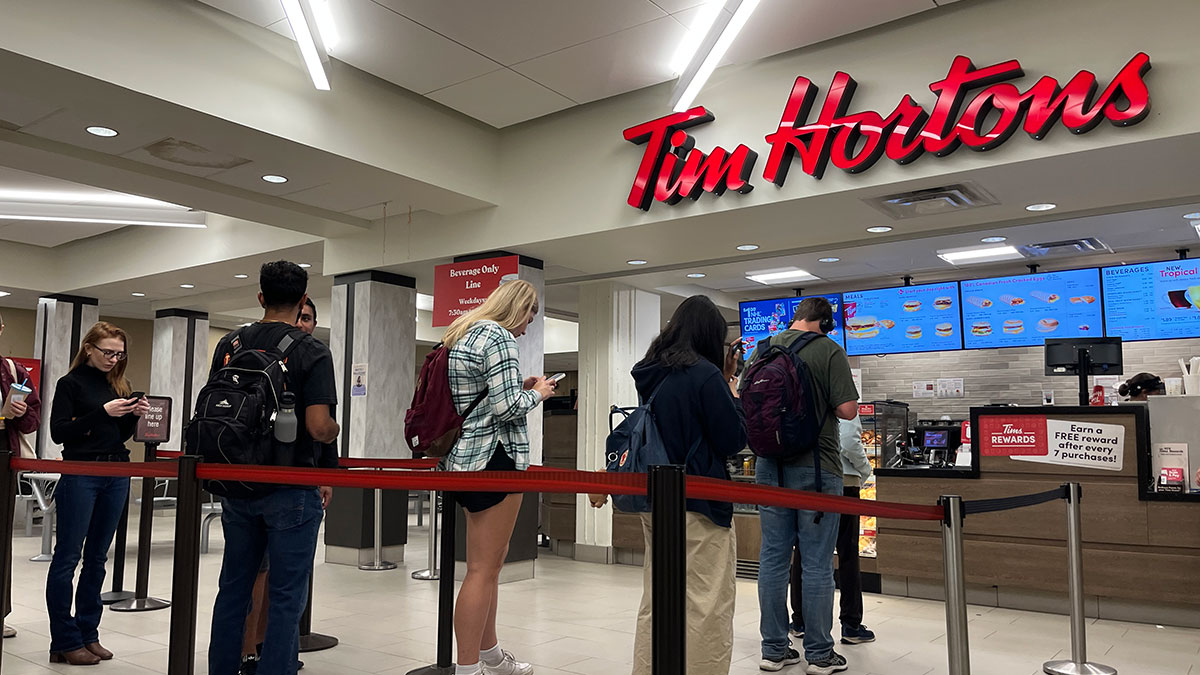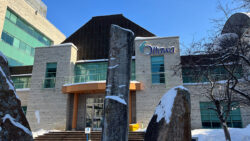It’s fall and time to cosy up by the fireplace as the leaves change colour and cooler temperatures arrive. And the drink of choice? For many, it’s the Pumpkin Spice Latte.
The year 2023 marks the 20th anniversary of the sweet, pumpkiny caffeine jolt, first introduced by Starbucks, then adapted and adopted by other coffee chains. And although there are those who disparage the PSL (as it’s sometimes called on social media), sales have only grown.

First-year Carleton University psychology student Ariel Plante is still getting adjusted to school, and says her Starbucks treat is important. “I definitely drink it for the taste and the effect it has on me, to wake me up so I’m functional,” Plante said.
Plante buys pumpkin spice lattes so often that the local baristas know her order by heart: an iced pumpkin spice latte with no whipped cream.
Gavin Adamson, a professor at The Creative School for Toronto Metropolitan University, says that the PSL’s popularity is because of holiday branding. Marketing, he says, is a powerful tool.
“I’m assuming part of it is advertorial, that Starbucks has actually placed advertisements, and that sometimes literally drives the story,” Adamson said.
According to Forbes, the pumpkin spice latte generated $100 million in revenue along with its related drinks and merchandise in 2015 alone. Quartz reports lifetime sales of the PSL, as of August 2023, have topped 600 million. And Axios says the drink seems to be introduced earlier and earlier in the season each year.
Coffee is one of the most popular drinks in the world. It is also the most common way that people consume caffeine.
Coffee houses in mid-18th century Europe also doubled as drug emporiums which served chocolate, coffee and other sources of caffeine. Eventually the love affair with the bean spread through colonial empires which included North America.
The emergence of chain coffee shops such as Tim Hortons and Starbucks jellied accelerated coffee consumption.
At Carleton University, there are two Tim Hortons, three Starbucks and a Bridgehead. The lines are always long. And, in the fall, lines at the Starbucks are likely to contain at least one person asking for a pumpkin-spice related drink.
Still, the mixture has faced controversy. The original Starbucks recipe didn’t include pumpkin. While the recipe was soon altered to include real pumpkin, the taste has remained unchanged and relatively sweet.
More recently, the drink has become part of the social media meme entitled Christian Girl Autumn, a phrase which was originally used to make fun of influencer Caitlin Covington by a Twitter account. The phrase gained popularity and the trend now involves taking pictures with fall leaves, oversized mittens and fall attire and a Starbucks pumpkin spice latte.
Despite the mockery, when asked about her fondness for pumpkin spice lattes, second-year Carleton University public affairs and policy management student Emma Mancler says she’s not concerned.
“It’s just a drink, you know, I’m not going to let people on social media ruin it for me, because I enjoy it,” Mancler said.




